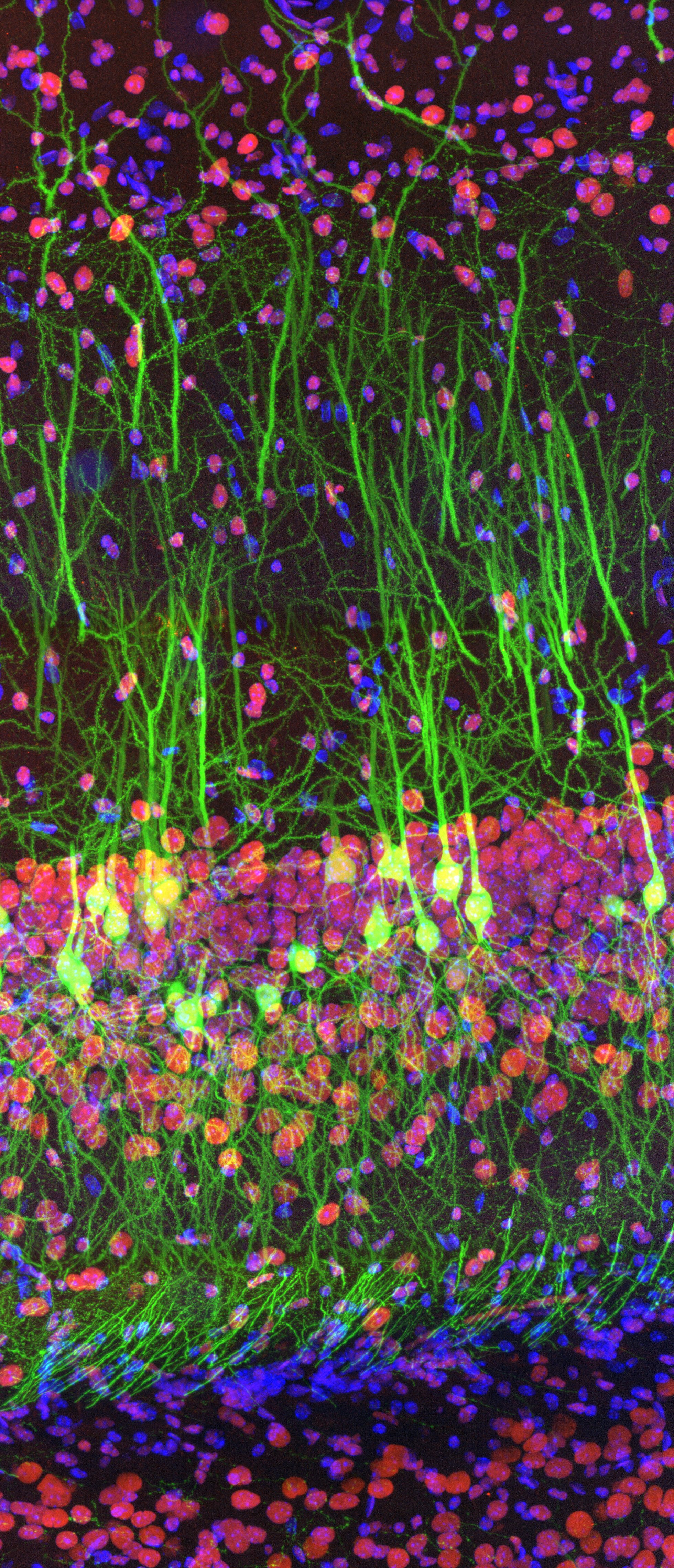Doing science may be hard, but it definitely pays off dividends — especially when it comes to the awesome pictures it provides.

Image credits Honorable Justin Zoll (U.S.A.).
The contest is run by Olympus Life Science, an optical and digital imaging manufacturer based in Germany.
And they like pretty pictures

Image credits Hamed Rajabi (Germany).
For the past few years, the company has been running various types of photo competitions revolving around the beauty that can be extracted using cutting-edge imaging instruments. The images never disappoint.
Olympus has just announced the winners of its Image of the Year Award 2019, and the entries are available for the public to enjoy. Since it’s Friday and they are all excellent images, I thought we could all use to take a break from our quarantined schedules and enjoy the beauty mother nature hides among its tiniest details. First off, let’s start with the runner-ups:

Image credits Ming-Der Lin (Taiwan).

Image credits Rudolf Buechi (Switzerland).
Photonic crystals are nanostructures that show a particular interaction pattern with light. Some butterflies’ wings get their iridescence and dazzling colors from the presence of such crystals on their surface.

Image credits Nathan Renfro (U.S.A.).

Image credits Tong Zhang (China).
The Finalists

This image of a mouse embryo created from 950 tiles stitched together won Howard Vindin, a PhD student at the University of Sydney, the Asia-Pacific regional prize.

This image, titled “The Mouse’s Whiskers”, shows a section through a frozen mouse’s tissues captured using fluorescent protein labels. It won the Europe, Middle East, and Africa regional prize.

This image won the Americas regional prize and it is incredibly cute. The image showcases the inside of a tardigrade with colorful details. Isn’t it just so plump?
And now, the overall winner:

Image credits Ainara Pintor (Spain).
Some stunning highlights from previous years

Image credits Håkan Kvanström.

Image credits Karl Gaff.

Image credits Johann Swanepoel.
If you need a fill of pretty and amazing science photographs, Olympus runs a pretty sweet Instagram page you should check out, and entries from their previous contests can be seen on their site here (after some scrolling down). They have also made the images available as wallpapers so you can enjoy them on your device or — for the fancy amongst you — draped over your walls.
For a less zoomed-in appreciation of natural beauty you can take a look at the “Capturing Ecology” competition, the “Nikon Small World” contest, Alexey Kljatov’s brilliant depiction of snowflakes or, of course, The libraries of the Art Institute of Chicago, The Smithsonian, and that of The Biodiversity Heritage Library (which have been made public).
If you’re rather looking for some peace and quiet, these pictures of the surface of Moon and Mars might do just the trick for you. If peace is what you’re after but quite definitely isn’t, researchers at Cornell University’s Lab of Ornithology have made a huge library of animal sounds free to use for anyone interested.









